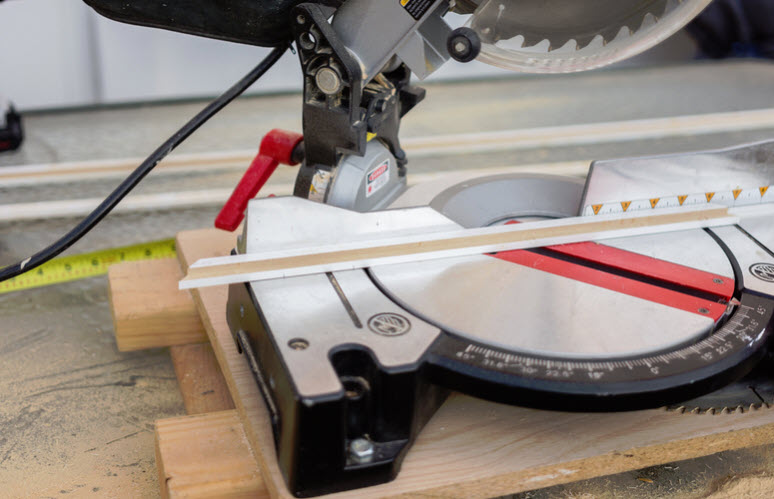
Best DIY Time: How to Choose a Miter Saw
January 22, 2021The current epidemiological situation tells us to stay home most of the time, so starting up a DIY project in the garage is a great idea. Amongst other tools, you will most probably need a miter saw. Our tech partners from Tools&Goods provided this guide to help you make an informed choice. Below are the most important features to consider.
Miter & Bevel
Depending on your project specifications, you may need only a miter or bevel. Think well about what you need, as if both features are necessary, the tool will cost more as well. Choosing mitering, you can use a lever to set the right cutting angle without tilting the blade. All the cuts will be vertical but not straight relative to the edges of the plank. Imagine a typical picture frame. Bevel is a different adjustment that lets you tilt the blade relative to the surface of the work-piece and make angled cuts into the wider side of the plank.
Cutting Capacity
Miter saws of different sizes have their own capacity limits. You may think that a bigger blade always lets you make thicker cuts, but it’s not always the thing. Most compact saws have 6-½”, 7-½”, and 8-½” blades, where the smallest one means the most accurate, and the largest lets you cut thicker pieces of material. The types of materials you wish to work with also matter. For instance, a smaller 7-½” blade will cut much smoother through average plywood than a larger blade. At the same time, you can opt for different blade types to deal with various materials. The size will matter for the thickness of the cuts anyway.
Dust Collection
Today, miter saws without dust collection, a dust bag, or a protective handle screen are relics but still can be found on the shelves of large networking retailers. That’s why you should look for these features, particularly if you don’t want to waste time cleaning your workbench from debris every time you make a few cuts. Vacuuming will also reduce the frequency of service works significantly.
Portability
If you don’t need a large tool, remember that the small models vary from 15 to 25 inches in width. Size isn’t everything, though. It’s also good if a compact model weighs not more than 30 pounds so that you can carry it by hand without too much effort. Keep in mind that large tools require sturdier workbenches and sometimes even special vehicles for transportation. 25 inches is an optimal home size if you prefer universality.
Safety
Looking for a miter saw, don’t ever buy a model without the blade guard, as it’s the only part that protects your fingers. It would also be good to have a lockout trigger to prevent the saw from starting on accidentally, an electric brake for stopping the blade faster after the cut is made, and safety clams to prevent the material from slipping under the blade.
Time Will Fly
With a workbench full of high-quality electric instruments and other tools, days of the lockdown will pass much faster for you, so don’t hesitate and take a step into DIY. Hopefully, the guide has answered all your questions. If not, you’re welcome to ask in the comments. Keep safe!



 With over 15 years of reporting hydrogen news, we are your premier source for the latest updates and insights in hydrogen and renewable energy.
With over 15 years of reporting hydrogen news, we are your premier source for the latest updates and insights in hydrogen and renewable energy.